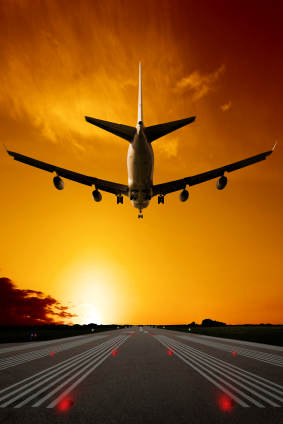 Insurance Information Institute
Insurance Information Institute
Reporters with questions about the potential insurance implications arising from the crash of German airliner Germanwings, can contact the Insurance Information Institute (I.I.I.).
Germanwings, a Cologne-based affiliate of Lufthansa, which until now had no record of fatal accidents, crashed near a ski resort in the French Alps, killing all 150 people on board. Flight 4U9525 was en route to Düsseldorf, Germany, from Barcelona, Spain, and likely included citizens of France, Spain and Turkey.
Despite the tragic loss, commercial aviation worldwide is safe and getting safer. In 2014, more than 3.3 billion people flew safely on 38.0 million flights, according to the International Air Transport Association. There were 73 commercial aviation accidents in 2014 (on eastern and western built aircraft), down from 81 in 2013.
The global accident rate (as measured by the rate of hull losses on western built jets) was 0.23 in 2014, or about one accident for every 4.4 million flights—the lowest rate in history. The 2013 accident rate was 0.41. (A hull loss is an accident in which the aircraft is destroyed or substantially damaged and is not subsequently repaired.)
Last summer, a Malaysia Airlines jet shot down over Ukraine on July 17 became the seventh deadliest crash in history, with 298 fatalities. This crash is not counted in the commercial aviation accident statistics because of the circumstances surrounding the plane’s demise. Malaysia Airlines Flight 370, which was flying to Beijing disappeared on March 8, 2014, with 239 passengers on board.
The deadliest world aviation accident was the collision of two Boeing 747 passenger planes on the runway of an airport in the Spanish island of Tenerife in 1977. The crash resulted in the deaths of 583 out of 644 passengers according to the Geneva-based Aircraft Crashes Record Office’s list of Worst Aviation Accidents.












